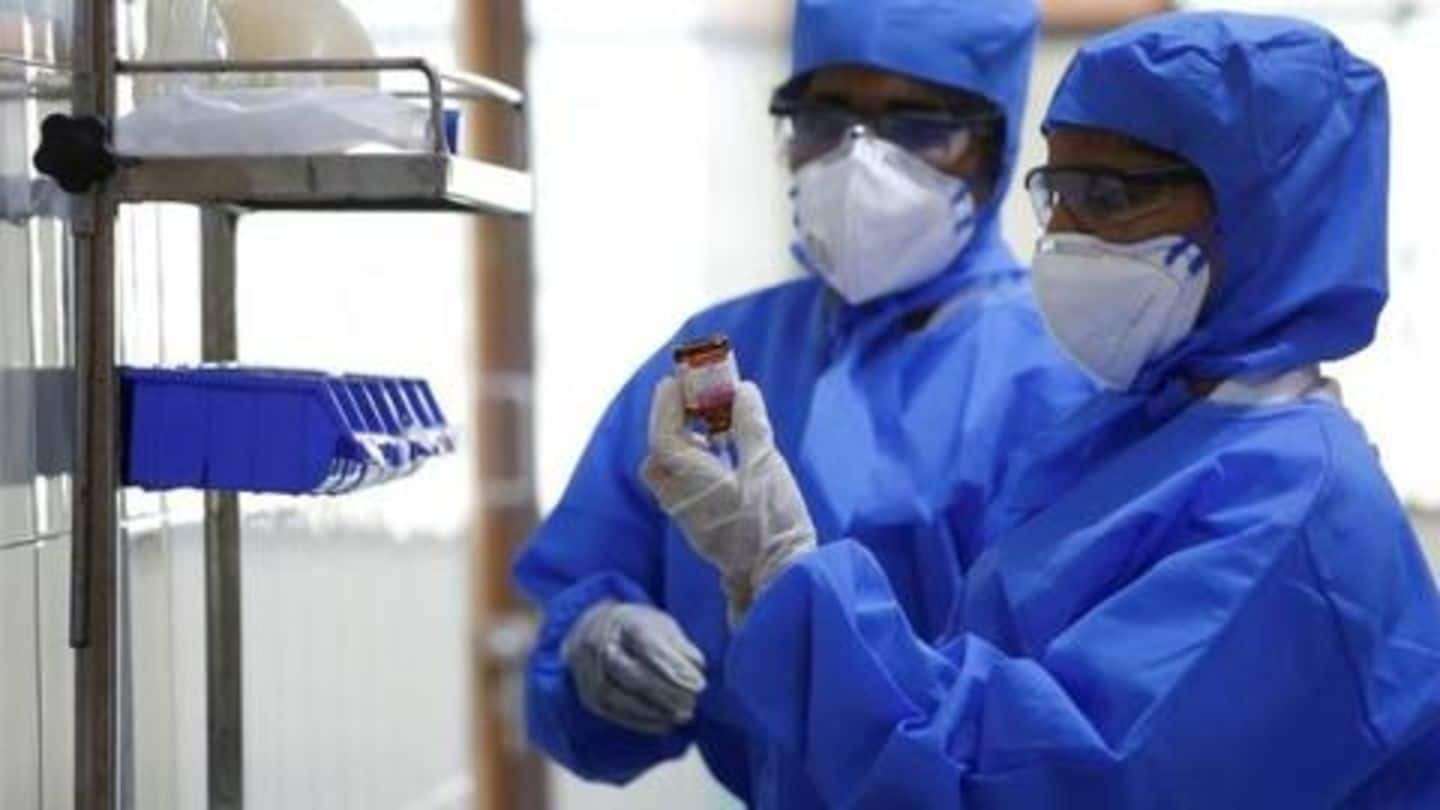
Government unveils aggressive containment plan to tackle coronavirus outbreak
What's the story
Halfway through the 21-day nationwide lockdown which bought India some time to limit infections due to the novel coronavirus, the government unveiled a document detailing a containment plan. The document stated that clusters of coronavirus infections have been observed in several states, particularly Kerala, Maharashtra, Rajasthan, Uttar Pradesh, Delhi, Punjab, Karnataka, Telangana, and Ladakh. Here's how the government plans to deal with them.
Stages
Outbreak redefined into 5 stages
The government has taken note of five possible scenarios of an outbreak of the coronavirus disease (COVID-19). These include (i) travel-related case reported in India; (ii) local transmission of COVID-19; (iii) large outbreaks amenable to containment; (iv) wide-spread community transmission of COVID-19 disease; (v) India becomes endemic for COVID-19. Currently, India is observing "large outbreaks amenable to containment."
Definition
What is a large outbreak?
The 20-page document defines a large outbreak as a localized increase in the incidence of COVID-19 cases occurring within a defined geographic area e.g., in a village, town, or city. This could also imply the progression of a small cluster into multiple clusters.
Plan
What is the government's plan to contain large outbreaks?
Apart from intensifying contact tracing, quarantining, etc., the government plans to identify geographic zones where active surveillance for COVID-19 cases and contacts will be conducted. All suspect cases, including high-risk contacts and Severe Acute Respiratory Infection (SARI) cases, will be tested. COVID-19 hospitals/dedicated blocks will operationalize surge capacities to manage all suspected/confirmed cases. Social distancing measures will be implemented with strict perimeter control.
Testing criteria
Asymptomatic direct/high-risk contacts of patients can be tested
As part of the new strategy, all asymptomatic direct and high-risk contacts of confirmed cases will be tested once between day 5 and day 14 of coming in contact with the COVID-19 patient. Others who can be tested are symptomatic individuals who traveled abroad in the past 14 days, symptomatic contacts of COVID-19 patients, symptomatic healthcare workers, and all hospitalized patients with SARI.
Information
Hydroxychloroquine to be provided to asymptomatic healthcare workers, patient contacts
Further, asymptomatic healthcare workers treating COVID-19 patients and asymptomatic household contacts of the patient will be given hydroxychloroquine as preventive medicine. Hydroxychloroquine is an anti-malaria drug that was approved by ICMR as chemoprophylaxis in COVID-19 treatment.
Geographic quarantine
For COVID-19 hotspots, plan to impose geographic quarantine
For infection hotspots, the government's strategy calls for near-absolute interruption of movement to and from the area. The government has planned to put such areas under geographic quarantine, which would include a containment zone, surrounded by a buffer zone. While the containment zone will cover an area (e.g. a district) where COVID-19 cases are located, the buffer zone will cover the adjoining blocks.
Containment
Thermal screening at quarantine entry/exit points; no unchecked outward movement
Once the geographic quarantine area is defined no unchecked outward movement will be allowed, barring essential services. Thermal screening and IEC (Information, Education, and Communication) will be conducted at all entry/exit points. There will be increased surveillance for COVID-19 in the area and all schools/colleges/workplaces will be shut for an initial period of 28 days. Mass gatherings would be banned.
Scaling down
How long until these restrictions are lifted?
This aggressive plan will only be scaled down once no second COVID-19 case emerges in the area after a period of 28 days of the last confirmed COVID-19 patient and all contacts of the said patient have been followed up. The containment operation will be considered complete 28 days after the hospital discharges the last confirmed COVID-19 patient.
Information
What happens if this containment plan fails?
The government document stated, "If the containment plan is not able to contain the outbreak and large numbers of cases start appearing, then a decision will need to be taken by State administration to abandon the containment plan and start on mitigation activities."